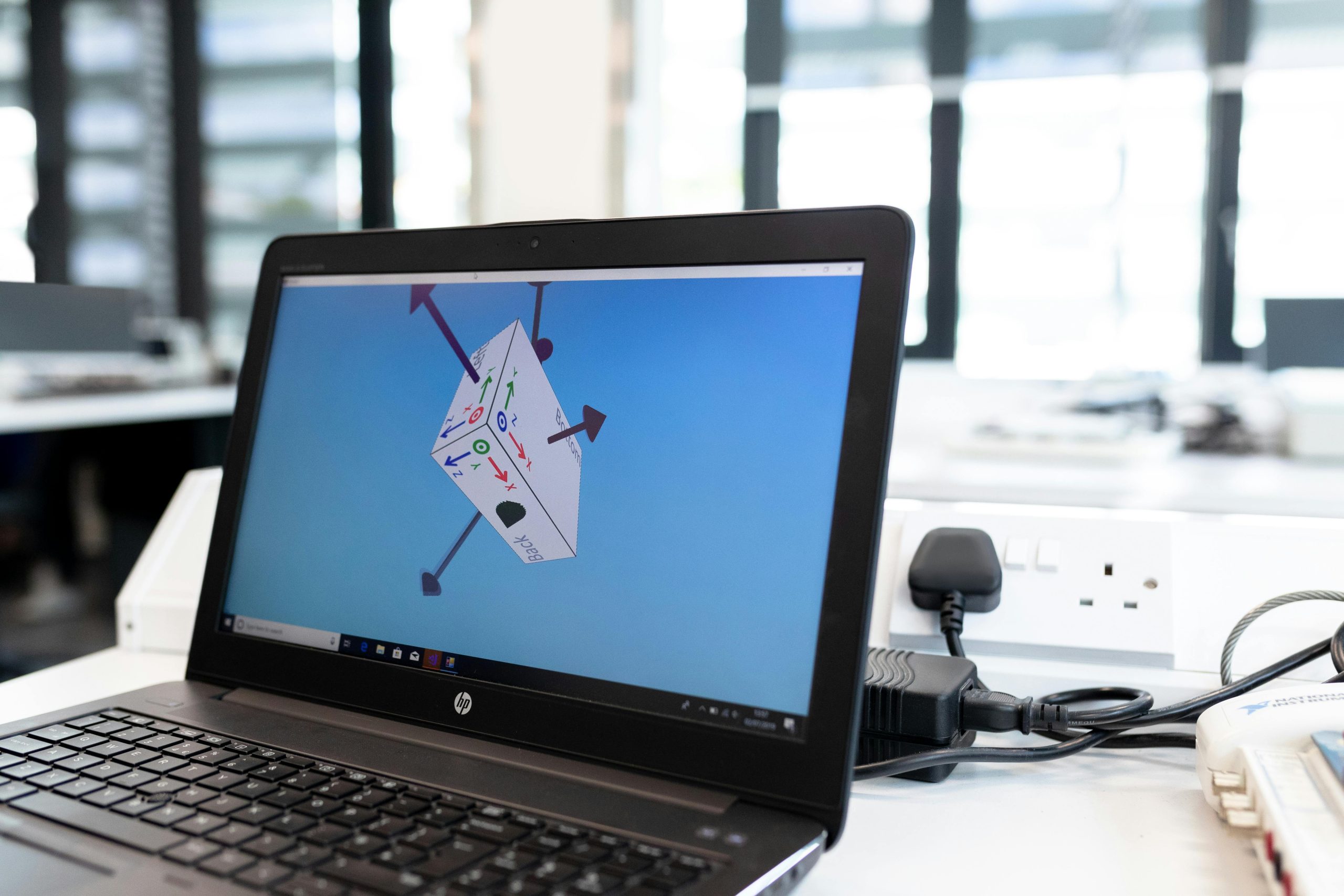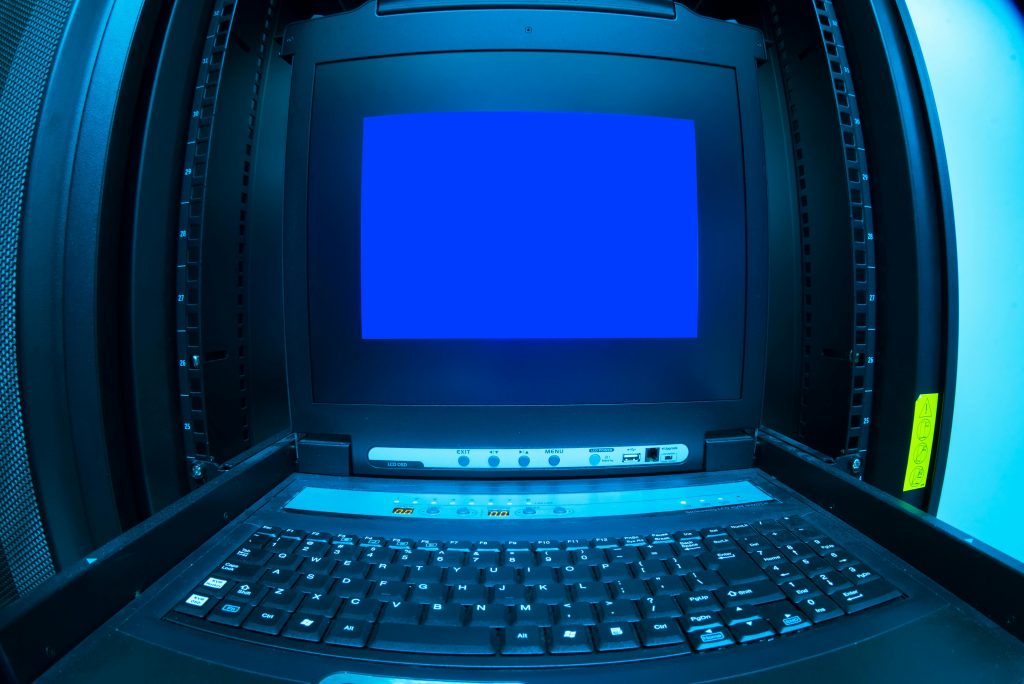Troubleshooting Unexpected Power-On Behavior and Display Issues on Your PC
Are you experiencing unusual behavior with your computer, such as it powering on automatically without pressing the power button, combined with a lack of display? If so, you’re not alone. Many PC users encounter issues where their system behaves erratically, and diagnosing the root cause can be challenging. Below, we explore common causes and troubleshooting steps to help you resolve these problems efficiently.
Understanding the Issue
In some cases, a PC might turn on automatically immediately after plugging in the power cable. This behavior can be accompanied by fans starting up without any input on your part, but without any display output. Additionally, pressing the power button may not turn off or restart the system as expected. Such issues can stem from hardware malfunctions, wiring problems, or issues with the power supply unit (PSU).
Potential Causes
- Faulty Power Button or Case Wiring:
- A stuck or malfunctioning power switch can cause unintended power-on events.
-
Wiring between the case button and motherboard might be loose or damaged.
-
BIOS/UEFI Settings:
-
Power management settings might be configured to turn on the PC automatically after power restoration.
-
Hardware Short Circuits:
-
Short circuits on the motherboard or improper handling can cause the system to behave unpredictably.
-
Motherboard or CMOS Issues:
-
CMOS battery failure or BIOS corruption can lead to irregular power behavior.
-
Power Supply Unit (PSU) Problems:
- An affordable or faulty PSU can cause unstable power delivery, leading to unintended startups.
Troubleshooting Steps
- Check the Power Button and Case Wiring:
- Inspect the wiring connecting the case switch to the motherboard for any damage or loose connections.
-
Test the power button by shorting the power switch pins on the motherboard with a screwdriver—be cautious and follow static safety practices.
-
Reset BIOS/UEFI Settings:
- Reset your BIOS to default settings by removing the CMOS battery for a few minutes or using the motherboard’s clear CMOS jumper.
-
This can resolve issues caused by incorrect BIOS configurations related to power management.
-
Inspect Hardware Connections:
- Ensure all hardware components, such as RAM, GPU, and power connectors, are properly seated.
-
Disconnect unnecessary peripherals to identify if any hardware is causing the issue.
-
Test with a Different Power Supply:
- If possible, test your PC with
Share this content:



